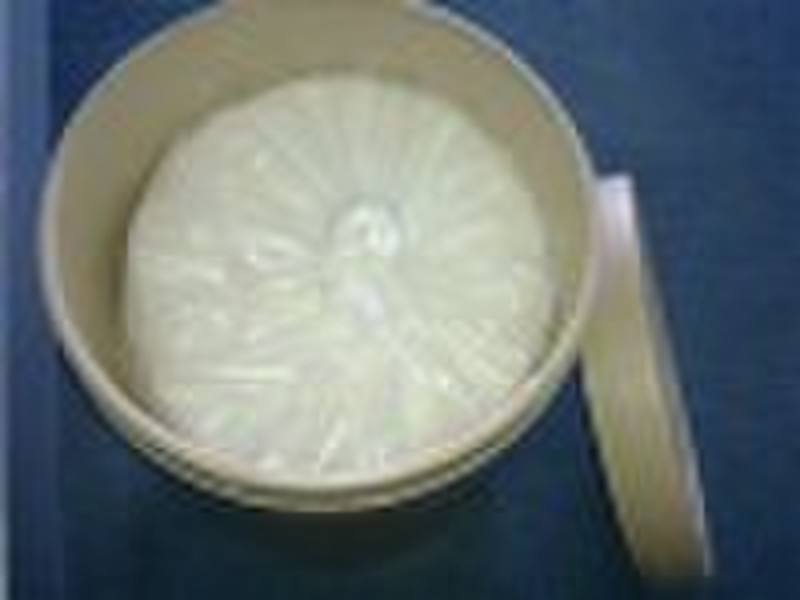Thiabendazole98%的技术合作TBZ的,Mertect、杀真菌剂、农
原价: 46,00 USD
郑州市, 中国
生产能力:
3000 公斤 / 世纪

Saturn Han
联系人姓名
基本信息
| 分类 | Fungicide |
|---|---|
| 化学文摘社编号. | 148-79-8 |
| 其他的名字 | Tresaderm |
| 小额信贷 | C10H7N3S |
| 出生地 | Henan China (Mainland) |
| 纯洁的 | 98% |
| 适用 | fungicide |
| 牌子的名字 | Ruina |
| 模式的数量 | Tech |
| 国 | 粉 |
Physical & Chemical characters: Thiabendazole occurs as an odorless or nearly odorless, tasteless, white to practically white powder. It has a melting range of 296°-303°C and a pKaof 4.7. Thiabendazole is practically insoluble in water and slightly soluble in alcohol. Toxicity: Thiabendazole is classified as a slightly toxic pesticide and carries the signal word CAUTION on the label. Effects of acute overexposure to the fungicide include dizziness, anorexia, nausea, and vomiting. Other symptoms such as itching, rash, chills, and headache occur less frequently. The symptoms are brief and are related to the dose level (8). The rat oral LD50 is 3,100-3,600 mg/kg, mouse oral LD50 1,395-3,810 mg/kg and the rabbit oral LD50 is greater than 3,850 mg/kg. The lethal dose in sheep is 1,200 mg/kg. Thiabendazole is not a skin irritant or a sensitizer. As funigicide: It is used primarily to control mold, blight, and other fungally caused diseases in fruits (e.g. oranges) and vegetables; it is also used as a prophylactic treatment for Dutch Elm disease. Thiabendazole is a systemic benzimidazole fungicide used to control fruit and vegetable diseases such as mold, rot, blight and stain. It is also active against storage diseases and Dutch Elm disease. In livestock, thiabendazole is also applied to treat roundworms. Thiabendazole is also used medicinally as a chelating agent to bind metals. As Parasiticide: As an antiparasitic, it is able to control roundworms(such as strongyloidiasis), hookwarms, and other helminth species which attack wild animals, livestock and humans. Mode of action: Inhibition of the mitochondrial helminth-specific enzyme, fumarate reductase, with possible interaction with endogenous quinone. Package: 25kg/drum
交货条款及包装
Packaging Detail: 25kg/drum Delivery Detail: 5days
端口: shanghai
付款条款
Letter of credit
Telegraphic transfer
Western Union
-
支付方式
我们接受:









